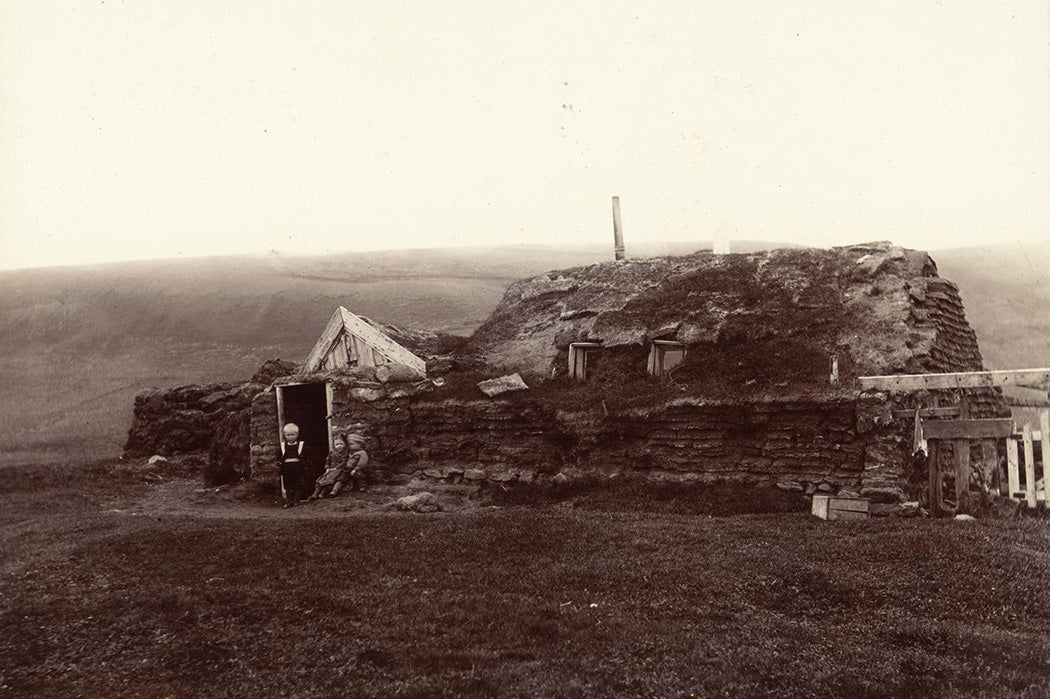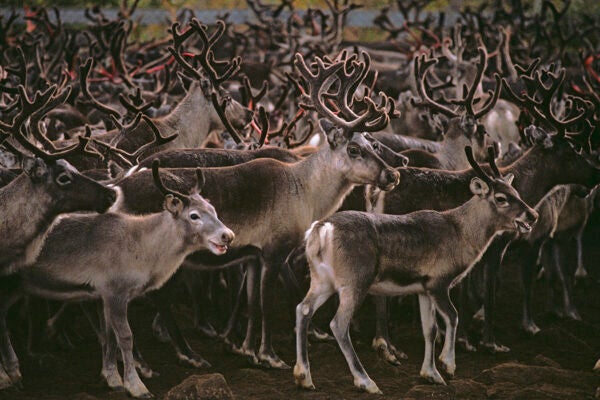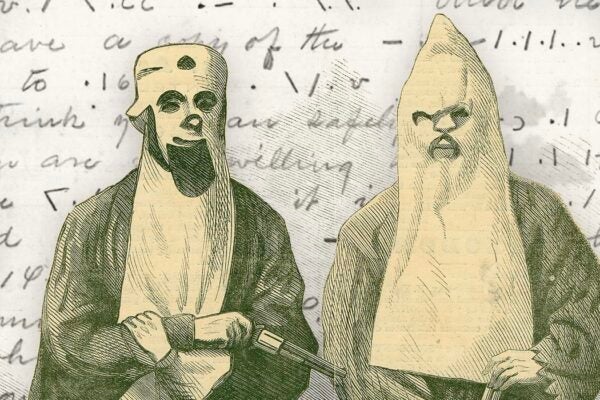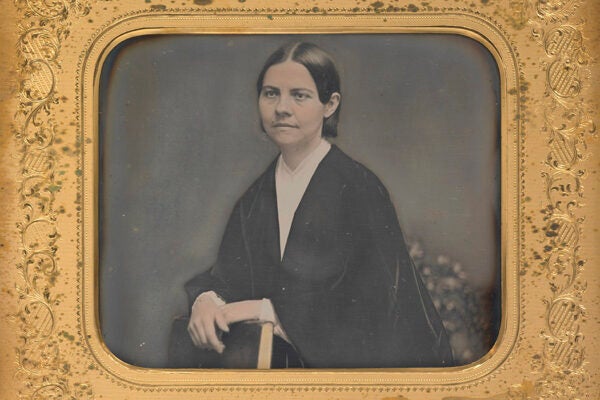Eighty years ago, on June 17, 1944, Iceland became an independent republic, its economy and politics transformed by World War II. A lingering American presence and a rapidly developing Cold War emphasized Iceland’s strategic importance, moving the new nation from “just slightly off the edges of the map of the known world,” as Karen Oslund describes it, to the geopolitical center.
And from there, Iceland seems to have hurtled through history, experiencing the Cod Wars of 1958–59 and 1972–73, those multifaceted disputes that shaped global maritime and territorial law; the 1986 Reykjavík Summit, when Ronald Reagan and Mikhail Gorbachev met to discuss nuclear arms control; the 1989 elections, when Icelandic voters put the first democratically elected female president in the world, Vigdís Finnbogadóttir, in office; the 2008 financial crisis, during which Iceland’s entire banking system failed; the 2010 eruption of Eyjafjallajökull, which shut down air traffic and economies across Europe; and the 2016 introduction of the Viking Clap to the world of football.
All of this is to say that Iceland has changed a great deal in the last eight decades. That this holds true of the natural—as well as the socio-political—landscape is demonstrated by three collections of photographs in the Fiske Icelandic Collection, shared by Cornell University Library via JSTOR.
Weekly Newsletter
The Icelandic and Faroese Photographs of Frederick W. W. Howell collection actually takes us back to the turn of the twentieth century, when British explorer Frederick W. W. Howell toured Iceland with a camera and glass plates. The photos have been part of Cornell’s collections for more than a century, acquired via Daniel Willard Fiske, who purchased more than 400 prints from the photographer himself before his untimely death (Howell drowned in Iceland’s Héraðsvötn River in July 1901; he’s buried in the cemetery of the church of Miklibær farm, Skagafjörður).
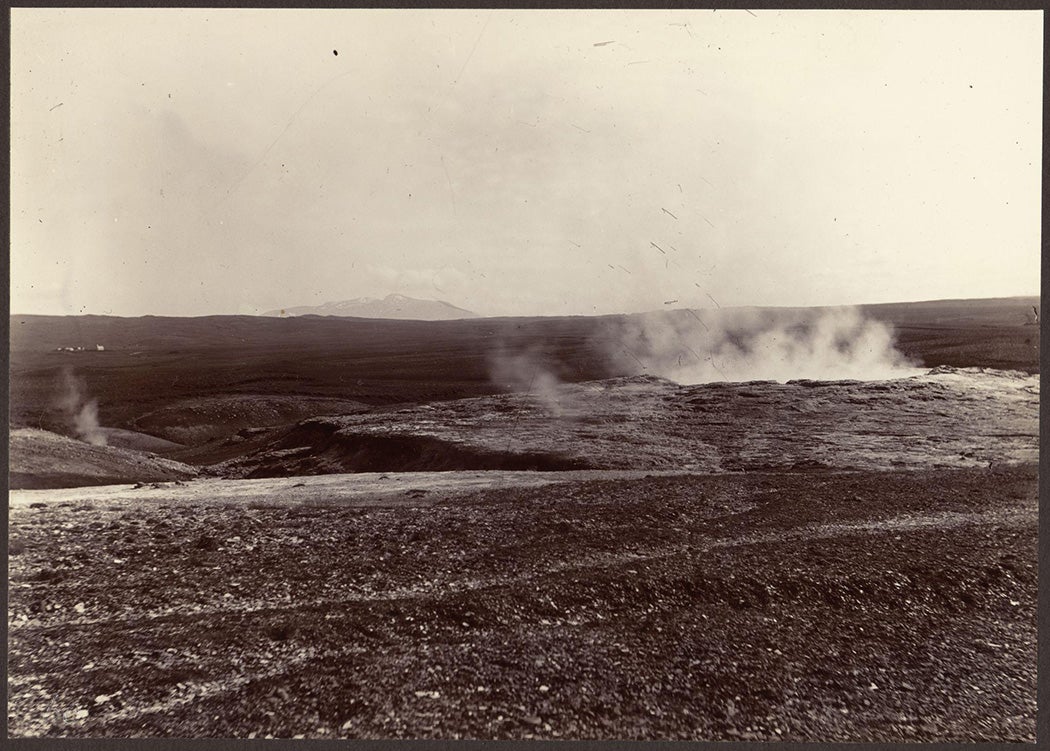

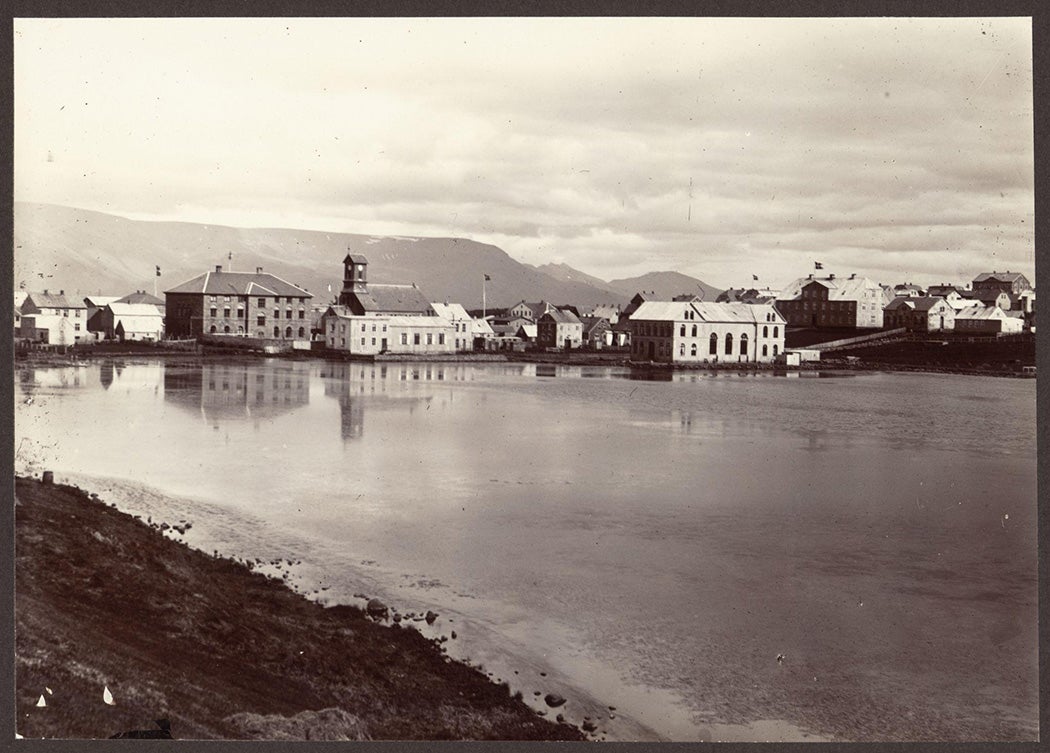
Howell had traveled to Iceland as a mountaineer in 1890 and 1891, and subsequently published a book of his observations and drawings. In 1900, he returned to explore the landscapes of the Sagas, using a camera to document his itineraries. Looking at his photographs, it’s easy to imagine Iceland as a place out of time. A century on, many of the sites and vistas he captured still appear on the typical tourist itinerary. The geothermal activity at Haukadalur, for instance, remains one of Iceland’s most photographed natural phenomena, and Gullfoss is instantly recognizable in his photos. Even his views of Reykjavik easily reveal the vantage point from which they are taken (the west bank of the Tjörnin, to take the above example).
And yet.

Howell’s atmospheric views of the Haukadalur geothermal fields showcase the Great Geysir (the very hot spring that gave us the English word “geyser”), but if you visit the valley today, you’ll be amazed not by the Great Geyser, but the explosive Strokkur; the original wonder seldom blows in the twenty-first century. And compare his photo of Gullfoss with a more recent image taken from the same angle, you may be able to detect the effects of erosion and floodwaters on some of the rock formations. Yet, such differences are subtle, and many of Howell’s landscape photos appear to be connected to the present by an invisible string.
Two other collections shared by Cornell quickly snap that string, however. The creative mind behind the Stereoscope Pictures from Iceland collection belonged to Magnús Ólafsson (1862–1937), a professional photographer from Reykjavík. As the Reykjavík City Museum puts it, “Magnús was a man of action and conviction, a pioneer who realized that he was living through a period of upheaval.” While Howell might have recognized that the twentieth century was going to bring much change to the island, Magnús pointed his camera directly at it as it happened.



Magnús photographed events and celebrations such as the inauguration of the Norðurá (North River) Bridge; the 1911 unveiling of a statue of Jón Sigurðsson, an early leader of the independence movement; and the alleged discovery of gold in the moorland of Vatnsmýri (no additional gold was found, but a similar drill is on display in the Árbær Open Air Museum). This isn’t to say that he avoided romanticizing the landscape or preserving picture-perfect postcard views—take his sweet shot of Reykjanesviti or the well-framed shot of a water gap at Lögberg (Law Rock) at Þingvellir—but his customer base lived in Iceland, more specifically in Reykjavík.
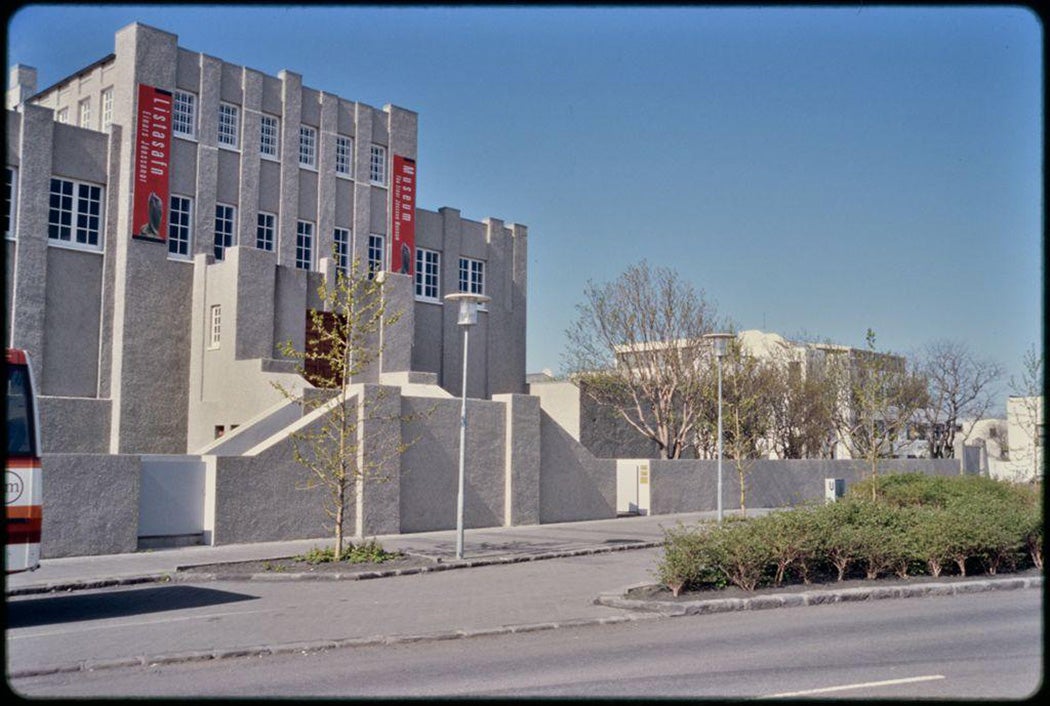
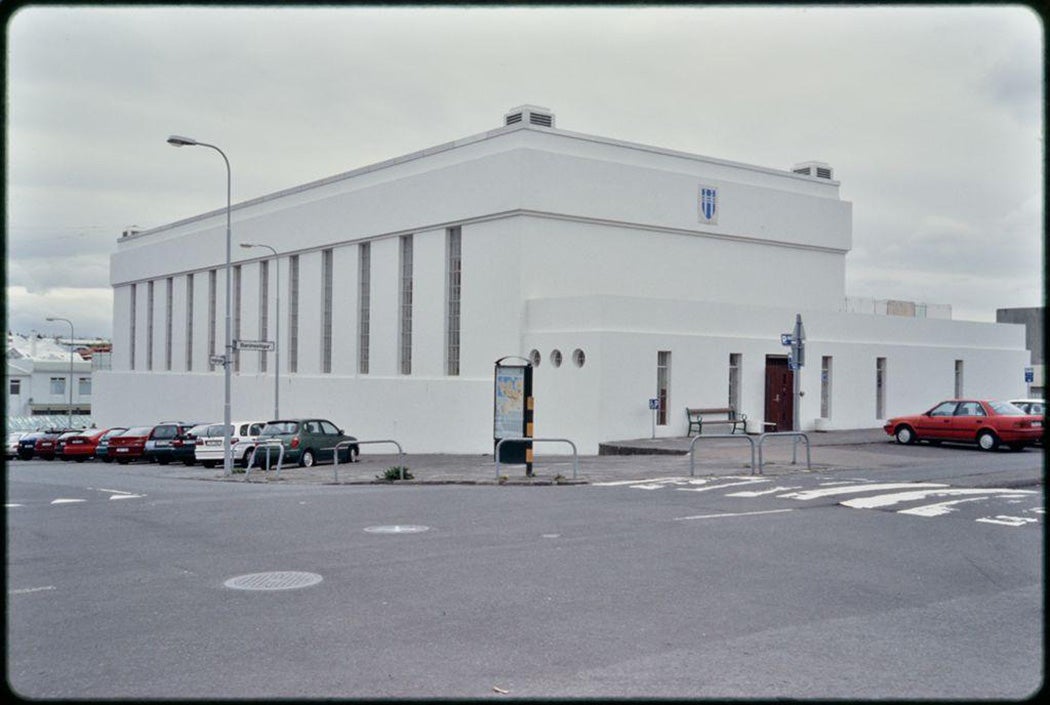

And Reykjavík was changing, perhaps imperceptibly for outsiders, but rapidly for its inhabitants. The John Clair Miller Image Collection of Twentieth-Century Architecture in Iceland, which documents the effects of Modernism on Icelandic design, bears out this claim. The sleek lines and simple shapes of Art Deco sing in the house of sculptor Einar Jónsson (c. 1923, today the Einar Jónsson Sculpture Museum) and Sundhöll Reykjavíkur (1937, designed by Guðjón Samúelsson), the first indoor public swimming pool in the city.
The collection also contains multiple images of Ráðhús Reykjavíkur (Reykjavík City Hall). Introduced to the Tjörnin embankment in 1992 by the Icelandic architectural firm Studio Granda, the concrete building appears to hover above the water when viewed from across the water. Its presence also explains why Howell’s cityscape, shown above, doesn’t look quite right to contemporary viewers.
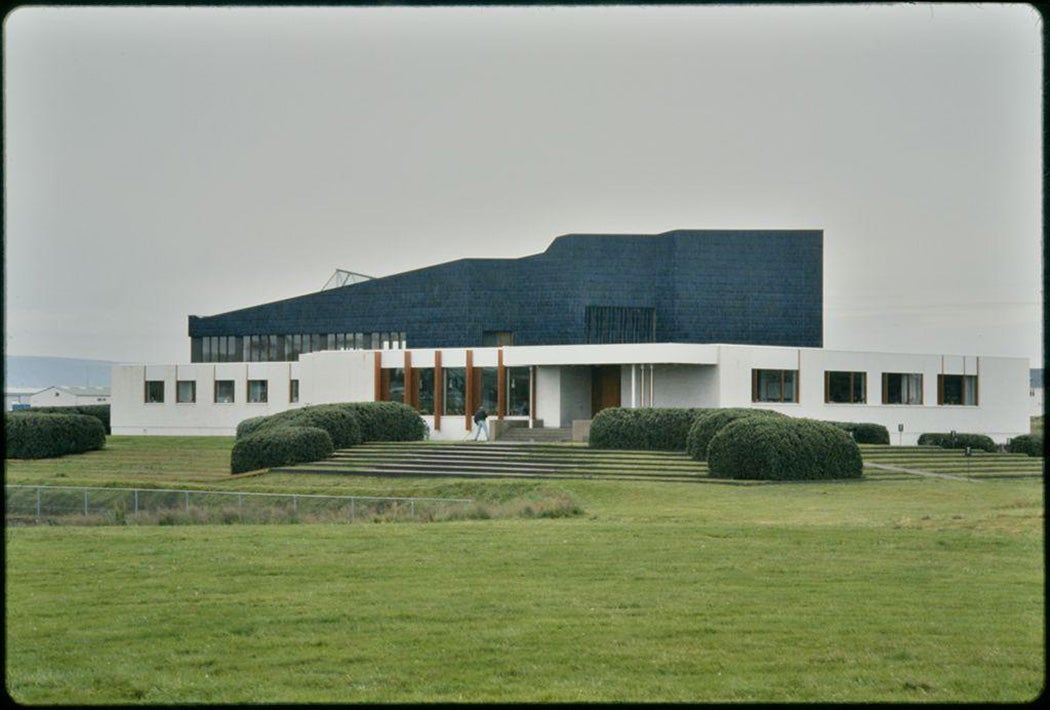

In a callback to Magnús Ólafsson, the collection also contains several images of Vatnsmýri, revealing the moorland’s future disposition. In 1968, the Nordic Council of Ministers celebrated the opening of Nordic House, a library, education, and event space designed by Finnish Modernist architect Alvar Aalto. Rising above the marsh on shallow terraces, the building responds to its greater environment, echoing the nearby mountains with its uneven roof line and dark blue tiles. Inside, the warm finishes and geometric forms combine to produce a modern yet welcoming aesthetic.
Of course, Reykjavík has grown since the 1960s; indeed, Iceland as a whole has witnessed a steady growth of population since 1900, though some areas, such as the Northwest region, have seen recent drops in the number of residents. But as people move, landscapes, whether natural, agricultural, or urban, are affected; they may be abandoned, they may be built over. Fortunately, photographers such as Frederick W. W. Howell, Magnús Ólafsson, and John Clair Miller captured a few moments in Iceland’s time, allowing us to see a bit of what once was.
This survey covers a handful of the more than 1,200 photographs in Cornell University’s Icelandic collections shared via JSTOR. Explore more collections from Cornell University here.
